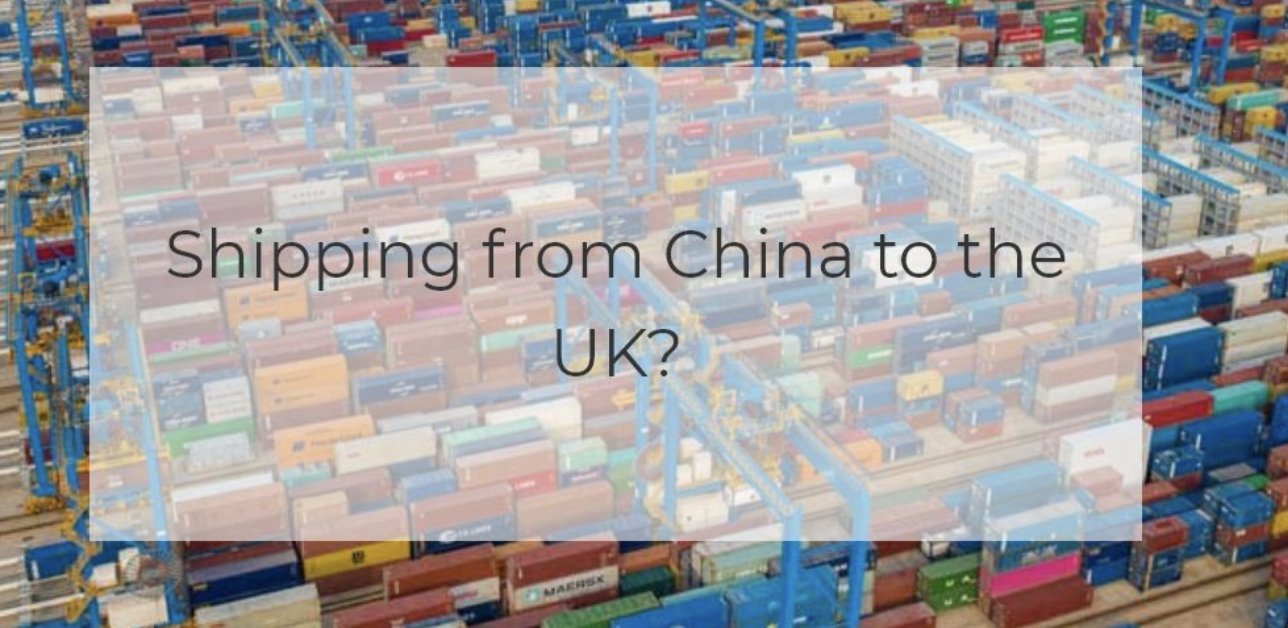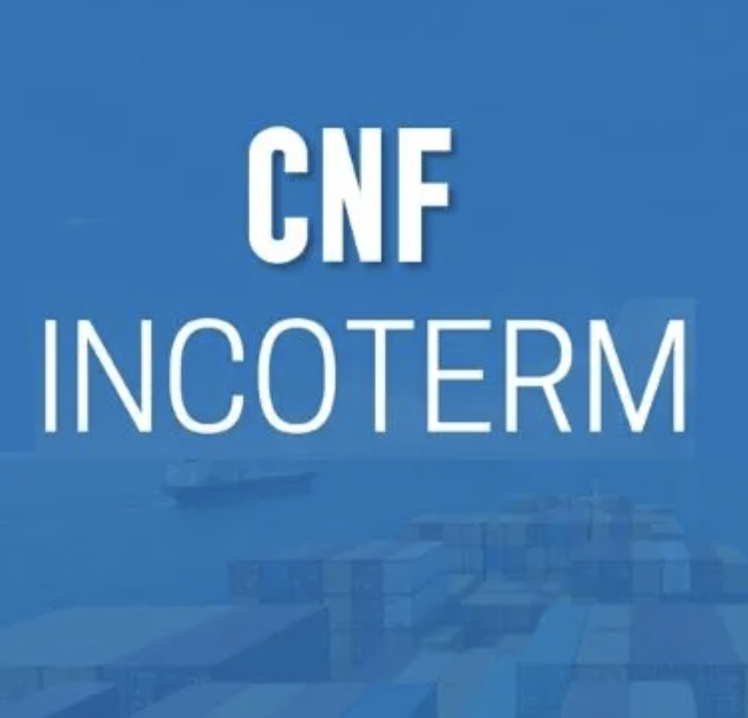Freight Shipping From China to UK: Complete Guide for 2025
Introduction to Freight Shipping
If you’re sourcing products from Asia, one of the most common questions is: “How does freight shipping from China to UK work?” Whether you’re a startup brand, an Amazon seller, or a large-scale importer, understanding the process can save you money, prevent delays, and streamline your business.
In 2025, freight shipping from China to the UK remains a vital supply chain route. With multiple options—sea, air, and rail—knowing which method suits your needs is essential.
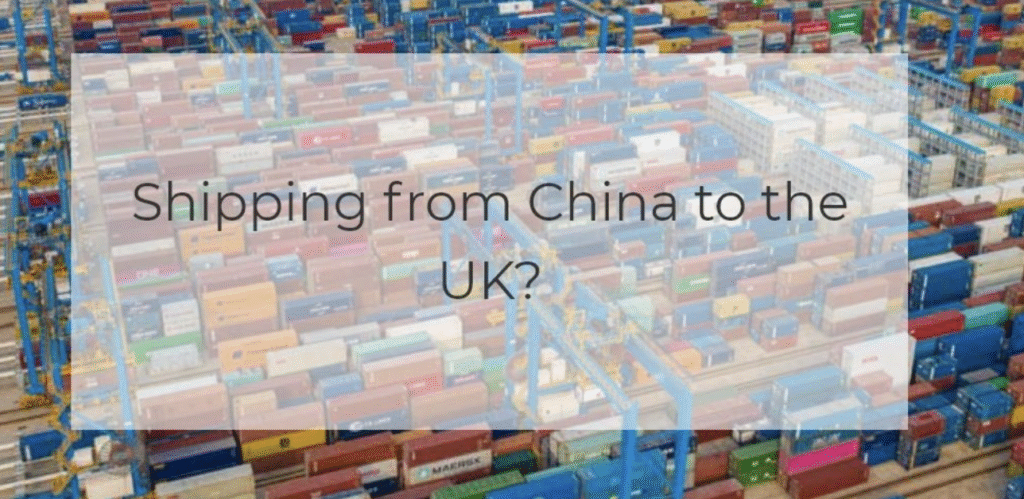
Let’s explore the best shipping options, timeframes, costs, and how to work with a trusted freight forwarder like Simoosourcing to make it all easier.
Table of Contents
Why Freight Shipping From China to UK Is in High Demand
- China is the UK’s largest import partner outside Europe, supplying electronics, clothing, machinery, and more.
- Freight shipping is cost-effective compared to small parcel delivery, especially for wholesale and B2B transactions.
- With eCommerce booming, businesses of all sizes need reliable, fast, and affordable shipping from Asia to the UK.
Overview of Shipping Methods and Options
Shipping from China to the UK can be done in three main ways:
- Sea Freight: Ideal for bulk and cost-effective transportation.
- Air Freight: Perfect for urgent or smaller, high-value items.
- Rail Freight: An emerging middle ground between sea and air.
Main Freight Shipping Methods
Sea Freight From China to UK
- Transit Time: 25–40 days
- Best For: Full container (FCL) or less-than-container (LCL) loads
- Ports Used: Shanghai, Shenzhen, Ningbo (China) to Felixstowe, Southampton, or London Gateway (UK)
Pros:
- Cheapest for large shipments
- Suitable for heavy or oversized goods
Cons:
- Slowest option
- Vulnerable to port congestion and customs delays
Air Freight From China to UK
- Transit Time: 5–10 days
- Best For: Small, high-value, or time-sensitive goods
- Airports Used: Shanghai, Guangzhou, Beijing to Heathrow, Manchester, or Birmingham
Pros:
- Fast and efficient
- Fewer delays and less handling
Cons:
- Expensive
- Size and weight limitations
Rail Freight (Intermodal Solutions)
- Transit Time: 16–22 days
- Best For: Mid-sized shipments needing faster delivery than sea and cheaper than air
- Route: China–Europe via the China Railway Express, then transferred to the UK
Pros:
- Reliable and environmentally friendly
- Stable pricing compared to air freight
Cons:
- Limited availability
- May require multimodal transfers
Freight Shipping Times From China to UK
Average Transit Times by Shipping Method
| Shipping Method | Average Transit Time | Best Use Case |
|---|---|---|
| Sea Freight | 25–40 days | Bulk shipments with flexible timelines |
| Air Freight | 5–10 days | Urgent, high-value items |
| Rail Freight | 16–22 days | Mid-sized shipments with faster delivery needs |
These times can vary depending on customs clearance, port delays, and peak seasons. Always plan with a buffer of 5–7 extra days to avoid disruptions.
Factors That Affect Delivery Time
Several elements can impact how quickly your goods arrive:
- Supplier readiness and packaging time
- Port congestion or strikes
- Customs clearance delays
- Holiday seasons in both China and the UK (especially Chinese New Year)
- Document issues like incomplete invoices or incorrect HS codes
Cost of Shipping From China to UK
Cost Breakdown by Shipping Type
| Shipping Method | Estimated Cost (per kg or container) |
|---|---|
| Sea (LCL) | $25–$60 per CBM |
| Sea (FCL) | $1,500–$3,000 per 20ft container |
| Air Freight | $4–$8 per kg |
| Rail Freight | $3–$6 per kg |
Note: Costs fluctuate based on fuel prices, global demand, and seasonal surcharges.
Additional Charges and Hidden Fees
Don’t forget to account for:
- Port handling fees
- Customs clearance charges
- Insurance costs
- Delivery to final UK destination (especially if outside London)
Tip: Always request a “door-to-door” quote to avoid surprise charges.
Choosing the Right Shipping Method
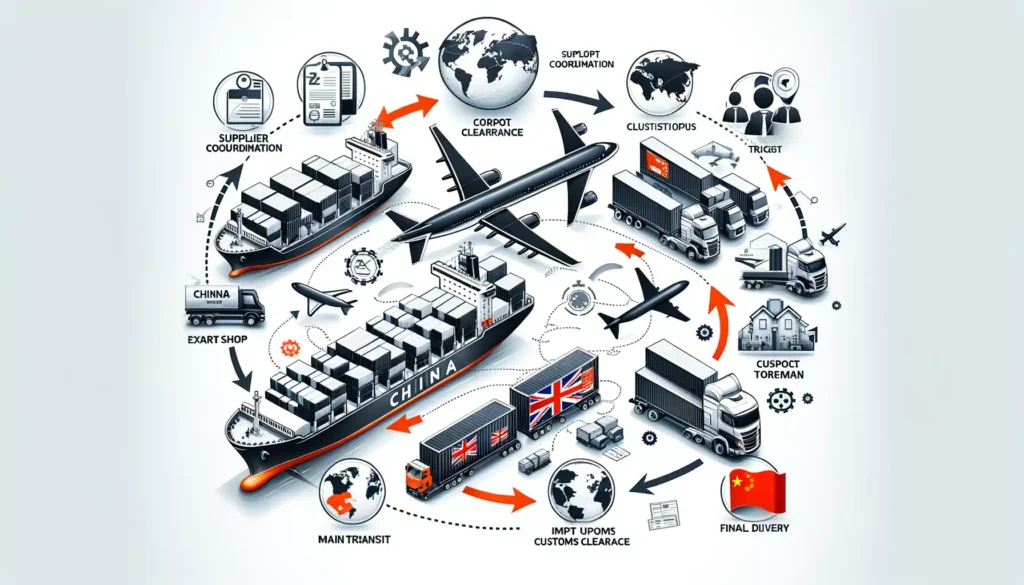
Factors to Consider (Volume, Budget, Timeline)
Here’s how to decide:
- Use Sea Freight if your shipment is large and not time-sensitive.
- Use Air Freight for high-value, fragile, or urgent orders.
- Use Rail Freight for a balance between cost and speed.
Tip: If your cargo isn’t urgent, consolidating with other shipments (LCL) can save money.
Solution: Work with a freight forwarder or customs broker who understands UK regulations.
Customs Clearance in the UK: What You Need to Know
When it comes to freight shipping from China to the UK, one of the most critical steps in the process is customs clearance. Whether you’re importing products for personal use, eCommerce, or wholesale, getting your goods through UK customs efficiently is key to avoiding delays, extra costs, or even shipment returns.
Understanding how customs works and what documents you need can save you both time and money. Let’s break it down.
Documents You Need for UK Customs Clearance
To clear customs successfully when shipping from China to the UK, the following documents are typically required:
1. Commercial Invoice
- Acts as a legal document between the exporter and importer.
- Should include: seller and buyer information, product description, value, HS code, payment terms, and Incoterms (e.g., FOB, CIF).
2. Packing List
- Lists the contents of the shipment, including weight, dimensions, number of packages, and packaging type.
- Helps customs officials quickly assess what’s inside without opening boxes.
3. Bill of Lading (for sea freight) or Air Waybill (for air freight)
- A transport document issued by the carrier or freight forwarder.
- Confirms shipment details and serves as a receipt for the cargo.
4. Import Declaration
- A form submitted to HMRC (Her Majesty’s Revenue and Customs) declaring the shipment and providing all related information.
- This can be submitted through a customs broker or digital platform such as CHIEF or CDS.
5. EORI Number
- Stands for Economic Operators Registration and Identification Number.
- Mandatory for any UK business involved in importing or exporting goods.
- Can be obtained from the UK Government’s website: gov.uk/eori
6. Certificate of Origin (if applicable)
- Certifies the country where the goods were manufactured.
- Important for preferential trade agreements (like reduced duty rates under UK’s trade deals with China).
💡 Tip: Incomplete or incorrect documentation is one of the biggest reasons for shipment delays. Always double-check forms and ensure they match your shipping details.
Common Customs Delays and How to Avoid Them
Even experienced importers can encounter delays at UK customs. Here are some common issues and how to prevent them:
1. Incorrect or Missing HS Codes
- The Harmonized System (HS) code categorizes your product for customs and determines applicable duties and VAT.
- Using the wrong code can result in incorrect charges or seizure of goods.
Solution: Use the official UK Trade Tariff tool to verify your product’s HS code: gov.uk/trade-tariff
2. Delayed Duties or VAT Payment
- Customs will not release your goods until all import duties and taxes are paid.
- If payment is delayed, clearance is postponed, increasing storage fees.
Solution: Arrange duty and VAT payment in advance or use a freight forwarder who can handle it on your behalf.
3. Licensing or Certification Issues
- Certain goods (e.g., medical devices, food, cosmetics, chemicals) require special certifications or licenses to enter the UK.
- Failure to provide these documents leads to inspection delays or rejections.
Solution: Check with the UK government or your customs broker to see if your product needs additional approvals.
4. Random Inspections
- Customs may randomly inspect goods to check for compliance, even if all documents are correct.
- This can add a delay of 1–3 days or more.
Solution: While unavoidable, using a reputable freight forwarder or customs broker can help speed up the inspection process.
Top Freight Ports and Airports Used in China and the UK
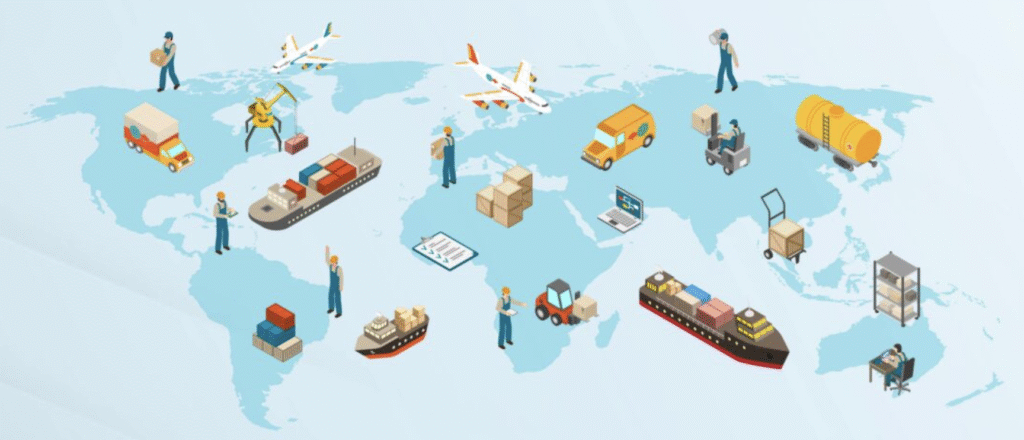
Knowing which ports and airports your goods travel through helps you estimate shipping time and plan for customs clearance more effectively.
Major Freight Ports in China:
- Shanghai Port
- The world’s busiest container port
- Handles massive volumes of exports to the UK and Europe
- Ningbo-Zhoushan Port
- Located near Shanghai, ideal for east China manufacturers
- Shenzhen (Yantian Port)
- Key export hub for electronics, garments, and tech
- Qingdao Port
- A rapidly growing port on China’s east coast
Major Freight Ports in the UK:
- Port of Felixstowe
- The UK’s largest container port
- Handles nearly 50% of all UK container traffic
- Port of Southampton
- Ideal for southern UK deliveries
- High-tech customs and warehousing facilities
- London Gateway
- Modern logistics hub near London
- Efficient for fast clearance and inland distribution
Main Airports for Air Freight:
In China:
- Guangzhou Baiyun International (CAN) – High volume cargo airport
- Beijing Capital International (PEK) – Efficient air cargo processing
- Shanghai Pudong International (PVG) – Fast, reliable global air freight terminal
In the UK:
- London Heathrow (LHR) – Largest air freight hub in the UK
- East Midlands Airport (EMA) – Major cargo airport for express deliveries
- Manchester Airport (MAN) – Ideal for shipments to northern England
🚚 Tip: The port or airport used affects customs processing time, inland delivery cost, and your overall shipping timeline. Choose strategically.
By understanding how customs clearance works and preparing the required documentation, you can significantly reduce delays and ensure that your freight shipping from China to UK goes as smoothly as possible.
Comparison Table: Sea vs Air vs Rail Freight
| Factor | Sea Freight | Air Freight | Rail Freight |
|---|---|---|---|
| Cost | Low | High | Moderate |
| Speed | Slow (25–40 days) | Fast (5–10 days) | Medium (16–22 days) |
| Capacity | Large | Limited | Moderate |
| Reliability | Moderate | High | High |
| Best For | Bulky goods | Urgent shipments | Balanced logistics |
Common Mistakes to Avoid When Shipping From China to UK
- Choosing the wrong shipping method for your product or budget
- Not accounting for customs delays
- Incomplete or incorrect documents
- Paying suppliers without confirming Incoterms
- Failing to insure your goods
How to Work With a Freight Forwarder
Why a Freight Forwarder Makes the Process Easier
A freight forwarder handles:
- Booking cargo space
- Managing customs clearance
- Consolidating shipments
- Tracking delivery
- Resolving delays or issues
For beginners and experienced importers alike, using a freight forwarder simplifies the entire process.
What to Look for in a Freight Partner
- Experience with UK imports
- Transparent pricing and terms
- End-to-end logistics services
- Customer reviews and testimonials
- Offers insurance, documentation, and support
Simoosourcing Freight Services From China to UK
What Simoosourcing Offers
Simoosourcing is more than just a product sourcing company—they also provide end-to-end freight forwarding from China to the UK, offering:
- Sea, air, and rail freight solutions
- Door-to-door delivery
- Customs clearance and document preparation
- Amazon FBA prep and shipping
- Cargo insurance and shipment tracking
Benefits of Using Simoosourcing
- All-in-one logistics and sourcing platform
- Dedicated customer service team
- Competitive pricing with no hidden fees
- Efficient coordination with manufacturers
- Streamlined shipping process for UK importers
Whether you’re importing apparel, electronics, or home goods, Simoosourcing ensures smooth freight movement from factory to UK warehouse.
💡 Pro Tip: Simoosourcing is ideal for SMEs and Amazon sellers who want a reliable logistics partner without the complexity of coordinating multiple service providers.
Tips to Save Time and Money on Freight Shipping
- Consolidate shipments to save on LCL costs
- Book space early during peak seasons
- Negotiate Incoterms that work in your favor (like FOB or CIF)
- Double-check documents before customs filing
- Use freight calculators to compare sea vs air pricing
Conclusion
Freight shipping from China to the UK is a crucial part of international trade, and getting it right can make or break your business logistics. With options like sea, air, and rail freight, plus the support of reliable freight forwarders like Simoosourcing, UK importers can save money, avoid delays, and scale with confidence.
If you’re ready to start shipping smarter in 2025, plan ahead, choose the right method, and partner with professionals who understand the process inside out.
FAQs About Shipping from China to UK
1. What’s the cheapest way to ship from China to UK?
Sea freight is the most affordable option for large shipments, especially FCL.
2. How long does freight shipping take from China to UK?
Sea freight: 25–40 days, air freight: 5–10 days, rail freight: 16–22 days.
3. Do I need a license to import to the UK?
Most general goods don’t require a license, but some categories do. Check the UK Government’s importing guidelines.
4. Can I track my shipment?
Yes, all major freight forwarders and couriers provide real-time tracking.
5. Is freight shipping from China to UK reliable in 2025?
Yes—with the right planning, documentation, and logistics partner, it’s highly reliable.

